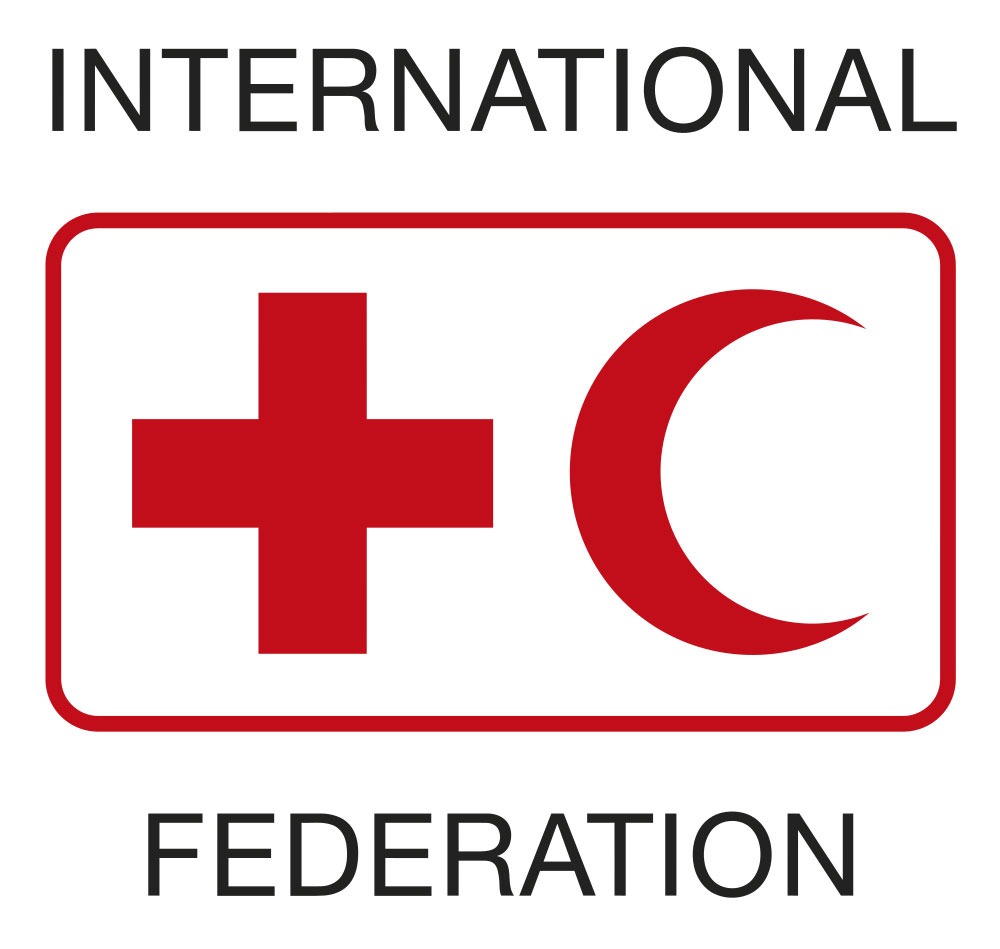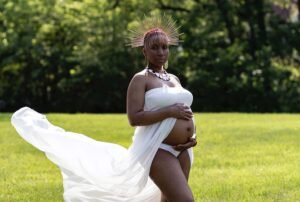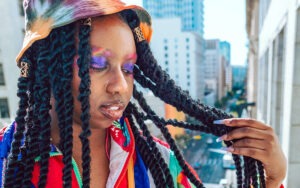
Devex recently reported on the gender inequality study in the 2019 Everyone Counts report from the International Federation of Red Cross and Red Crescent Societies. But what sparked that report? It turns out that the 2017 elections to the IFRC’s General Assembly and the Movement’s Council of Delegates ignited a furious reaction, leading to the inclusion of the study in their annual report.
The elected officials took stage, and all but four of the 30 elected individuals were men. Margareta Wahlström, Swedish Red Cross president, said, “Everything went well until we saw the lineup on stage of the newly elected personalities, which was a long line of men in grey suits and red ties.”
According to a Red Cross Red Crescent Magazine article, the lack of female leadership on the stage was frustrating enough that they approved resolutions to firmly address gender inequality within 24 hours. Soon after the elections, the Global Network for Women Senior Leaders in RCRC Movement (or Glow Red Network) was formed to keep progress moving forward. The Glow Red Network specifically aims to address female leadership in the Movement’s international governance by 2021.
Specific parts of the IFRC developed their own plans to address gender inequality following the elections. A July 2018 Devex article detailed the Red Cross and Red Crescent Societies in Asia-Pacific’s goal to have 50 percent of leadership and governance positions held by women. They also created a separate training and mentoring program for women.
2019 is the designated year that IFRC must report on gender inequality in their ranks. The inclusion of a gender equality study in their annual Everyone Counts report was meant to give IFRC leadership more information on their organization’s gender gap. Devex quoted Secretary General Elhadj As Sy as saying, “We believe that diversity, including gender diversity, makes us better…however, we also knew that we had a distance to travel and we wanted to understand exactly where we stood.”
Sign up for our free newsletters
Subscribe to NPQ's newsletters to have our top stories delivered directly to your inbox.
By signing up, you agree to our privacy policy and terms of use, and to receive messages from NPQ and our partners.
According to a ReliefWeb article published last week, the Everyone Counts 2019 report data came from all 190 societies through their federation-wide databank and reporting system. The data show a decline in women holding governing roles from 2009 to 2017, and that in all regions women were less represented in positions of power. Regions with more women in higher leadership roles also had more women in governing roles.
With such a decline from 2009 to 2017, one must ask, why did IFRC seem blindsided with the lack of female leadership? Trinidad and Tobago Red Cross Society President Jill de Bourg said, “I think we took our eyes off the goal for a bit and things kind of fell behind.”
It isn’t entirely uncommon for organizations lacking diversity to not realize their lack in diversity. Earlier this month, NPQ’s Ruth McCambridge noted a similar lack of diversity among the board members of one United Way’s affiliated agencies. A survey found that most board members were white and—more importantly—that white male board members didn’t really see an issue. Ruth writes, “Namely, the reason boards don’t see a problem with their lack of diversity is because they are not diverse in the first place.”
It is kind of hard to imagine why someone isn’t at the table if you yourself have always been invited to the table.
This is why it is so important to address diversity outside of an organization’s inherent bias and current organizational structures. While self-evaluation is always a great place to start, if an organization has to have a monumental event to ignite that self-evaluation, it is probably a best practice to seek outside eyes to examine the issue. If groups like IFRC truly wish to address their gender gap, they should look outside internal audits and ask experts on diversity and inclusion to help them form more gender positive policies and practices.—Sarah Miller













